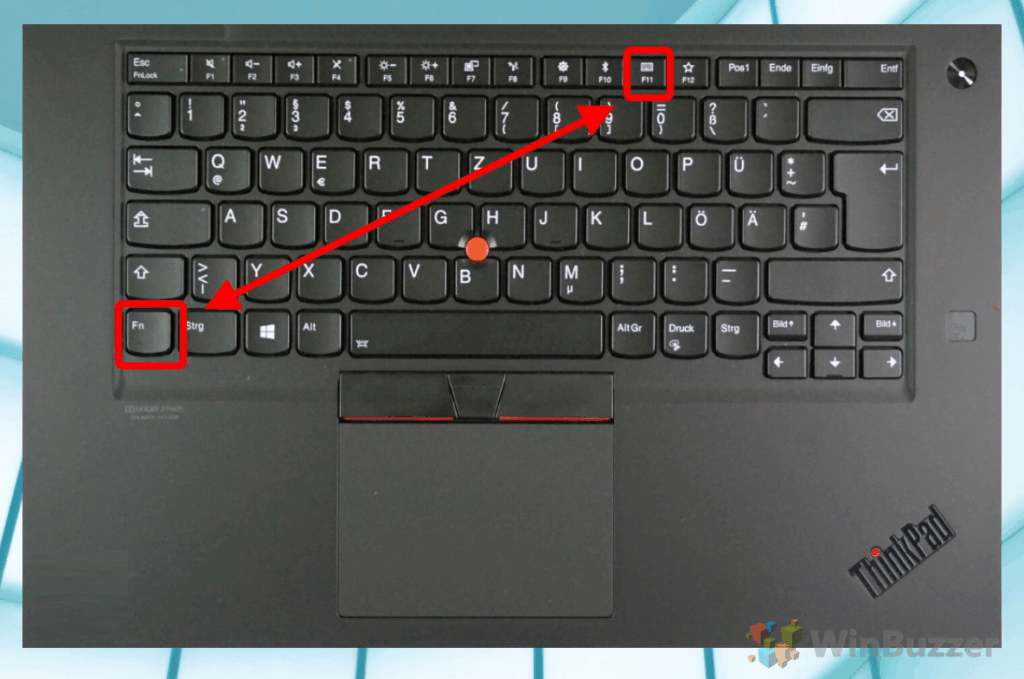When your keyboard is locked and you can’t type anything, it feels like your computer has gone silent. You press keys but nothing happens. Your work stops. Your gaming session ends. Don’t worry – this problem is more common than you think.
Most keyboard lock issues have simple solutions. You don’t need to be a tech expert to fix them. In this guide, we’ll walk through easy steps to get your keyboard working again.

Why Your Keyboard Gets Locked
Keyboards can lock for several reasons. Sometimes it’s a simple key combination you pressed by accident. Other times, it’s a software issue or connection problem.
Common Causes of Keyboard Lock
- Accidentally pressing key combinations
- Software conflicts or glitches
- Driver problems
- Connection issues with wireless keyboards
- Hardware malfunctions
- Sticky Keys or Filter Keys being enabled
Understanding the cause helps you pick the right solution. Let’s start with the easiest fixes first.
Quick Solutions to Unlock Your Keyboard
Check the Num Lock Key
The Num Lock key is a common culprit. When it’s off, your number pad won’t work. Look for a Num Lock light on your keyboard. If it’s not lit, press the Num Lock key once.
This fix works for many users who think their entire keyboard is broken. Sometimes only part of your keyboard stops working.
Try the Function Lock Key
Many laptops have an Fn (Function) key. When Function Lock is on, your F1-F12 keys might control brightness or volume instead of their normal functions.
Press Fn + Esc or look for an Fn Lock key. This toggles the function lock on and off. Your keyboard might start working normally again.
Restart Your Computer
A simple restart fixes many keyboard problems. Save your work if possible, then restart your computer. This clears temporary software glitches that might be blocking your keyboard.
After restart, test your keyboard before opening other programs. This helps you know if the restart worked.
Advanced Keyboard Unlock Methods
Disable Sticky Keys and Filter Keys
Windows has accessibility features that can make your keyboard act strange. Sticky Keys and Filter Keys are helpful for some users but can lock your keyboard for others.
Here’s how to turn them off:
- Press Windows key + I
- Click on “Ease of Access”
- Click “Keyboard” on the left side
- Turn off “Use Sticky Keys”
- Turn off “Use Filter Keys”
Test your keyboard after making these changes. Many users find this solves their typing problems.
Update Your Keyboard Drivers
Old or corrupted drivers can cause keyboard problems. Windows usually updates drivers automatically, but sometimes manual updates help.
To update drivers:
- Right-click the Start button
- Select “Device Manager”
- Find “Keyboards” in the list
- Right-click your keyboard
- Choose “Update driver”
- Select “Search automatically for drivers”
Let Windows find and install any updates. Restart your computer when it’s done.
Check Your Connection
If you have a wired keyboard, check the USB connection. Unplug it and plug it back in. Try a different USB port if the first one doesn’t work.
For wireless keyboards, the solution might be similar to fixing Logitech keyboard connection issues. Check your batteries first. Replace them if they’re low.
Make sure your wireless receiver is plugged in properly. Some keyboards need to be re-paired with their receivers.
Windows-Specific Keyboard Lock Solutions
Use the On-Screen Keyboard
If your physical keyboard won’t work, use Windows’ on-screen keyboard to navigate your computer. This helps you access settings and fixes.
To open the on-screen keyboard:
- Press Windows key + R
- Type “osk” and press Enter
You can click letters with your mouse. This lets you type while you fix your main keyboard.
Run the Keyboard Troubleshooter
Windows has a built-in troubleshooter for keyboard problems. It can find and fix common issues automatically.
To run the troubleshooter:
- Go to Settings (Windows key + I)
- Click “Update & Security”
- Click “Troubleshoot” on the left
- Click “Additional troubleshooters”
- Find “Keyboard” and click “Run the troubleshooter”
Follow the instructions on screen. The troubleshooter will test your keyboard and suggest fixes.
Check Language and Region Settings
Sometimes your keyboard layout changes by accident. This makes it seem like keys aren’t working when they’re just mapped differently.
To check your keyboard layout:
- Look at the bottom right of your screen
- You should see letters like “ENG” or “EN”
- Click on it to see available languages
- Make sure the right language is selected
If you need help understanding different layouts, check out our guide on keyboard layout basics.
Hardware-Related Keyboard Problems
Clean Your Keyboard
Dirt and crumbs can make keys stick or stop working. Turn your keyboard upside down and shake it gently. You might be surprised how much stuff falls out.
For deeper cleaning:
- Unplug your keyboard
- Use compressed air to blow out debris
- Wipe keys with a slightly damp cloth
- Let it dry completely before plugging back in
Don’t use too much water. A little moisture goes a long way. Too much can damage your keyboard permanently.
Test Individual Keys
Sometimes only certain keys are locked or broken. Using a keyboard tester helps you figure out which keys work and which don’t.
This information helps you decide if you need a repair or if it’s a software problem. If most keys work, it’s probably not a hardware issue.
Check for Physical Damage
Look at your keyboard closely. Are any keys obviously broken or stuck? Is the cable damaged? Sometimes you can see the problem.
If you spilled liquid on your keyboard recently, that might be the cause. Liquid damage can make keyboards stop working completely.
When to Get Professional Help
Signs You Need Expert Help
Some keyboard problems need professional attention. Here are signs that DIY fixes won’t work:
- Multiple keys stopped working after liquid spill
- Your laptop keyboard is physically damaged
- None of the software fixes worked
- The keyboard worked fine, then suddenly died
- You see visible damage to circuits or connections
Temporary Solutions While You Wait
If you need to keep working while fixing your keyboard, you have options. Use the on-screen keyboard for basic typing. Connect an external keyboard to a laptop.
You can still be productive while you solve the main problem. Learn some keyboard shortcuts for switching between programs to work more efficiently with limited typing ability.
Preventing Future Keyboard Lock Issues
Regular Maintenance Tips
Taking care of your keyboard prevents many lock-up problems. Clean it regularly. Keep drinks away from it. Don’t eat messy foods while typing.
Update your computer regularly. Windows updates often include driver improvements that prevent keyboard problems.
Learn Important Key Combinations
Know which key combinations can lock your keyboard. Avoid pressing random keys when frustrated. Common problem combinations include:
- Windows key + L (locks your computer)
- Ctrl + Alt + Delete (opens security options)
- Multiple modifier keys pressed together
Understanding these helps you avoid accidentally locking your keyboard.
Final Thoughts on Keyboard Lock Problems
When your keyboard is locked and you can’t type anything, don’t panic. Most problems have simple solutions. Start with the easy fixes like checking Num Lock and restarting your computer.
Work through the solutions in order. Many users find their problem solved in the first few steps. If simple fixes don’t work, try the advanced methods like updating drivers or running troubleshooters.
Remember that keyboard problems are common and usually fixable. With patience and the right approach, you’ll have your keyboard working again soon. For more detailed guidance on unlocking stuck keyboards, check out our comprehensive keyboard unlock solutions.
Keep this guide handy for future reference. Bookmark it so you can quickly find solutions when keyboard problems happen again. With these tools and knowledge, you’re ready to handle any keyboard lock issue that comes your way.
